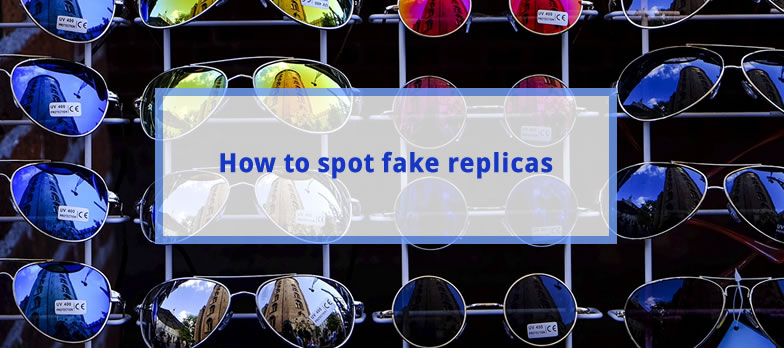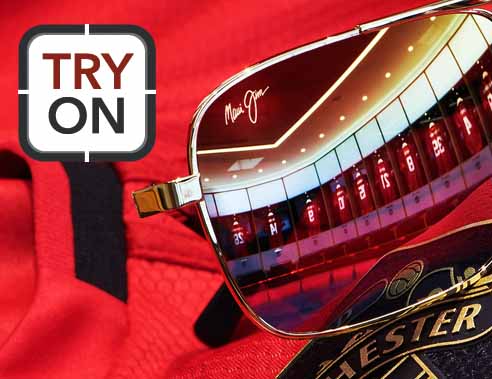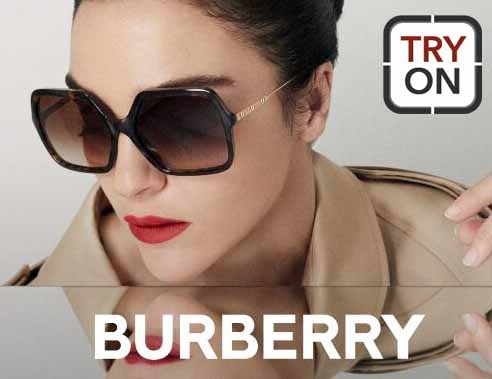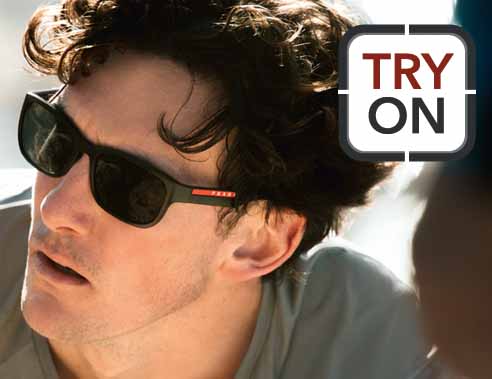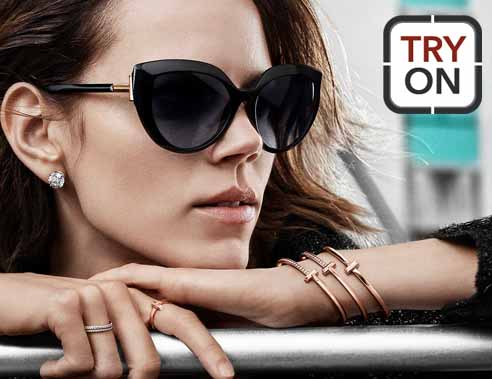With the summer holidays coming up, it may be time for the beach, the pool, travelling or just strolling around the city - time to wear sunglasses! It is also a time to perhaps spruce up your look and splurge for some new sunglasses. There are so many sunglasses out there and so many places to buy them, both on the high street and on the internet. How do you make sure that you are getting the real deal?
For starters, if you find a pair of designer sunglasses you absolutely have fallen in love with, don’t buy them at the first shop or website you see them at. Shop around, compare prices – this is the net price, including taxes and shipping, where applicable. You don’t want to buy a pair of competitively priced sunglasses on-line and then have to pay £20 shipping!
But first things first, keep in mind, if the price sounds like it’s too good to be true, it probably is!! If you see a pair of Prada sunglasses for £20, which generally retail between £150 and £300, depending on the model, you know there is something wrong – they are probably fake!
What’s wrong with buying fake sunglasses you say? Well, there is the issue with copyright infringement and illegality, but if that doesn’t bother you, then think about the health risks! Fakes and replica eyewear use cheap lenses. Many are just coloured plastic, which don’t provide any UV protection and long-term wear will irreparably harm your eyes. Not to mention depending on where the sunglasses were made, the materials, anything from the paint to the glue used, could be toxic. Also, fakes will not have any warranty or guarantee if they break or are damaged. Basically you are just throwing your money away, even if they are cheap.
If price isn’t the dead giveaway, here are a couple of other tips that should help you determine whether you are buying a pair of real or fake designer sunglasses.
1. Check the packaging. Designer sunglasses usually come in sturdy, branded boxes with sunglasses cases and other accessories, such as cleaning cloth, authenticity card and so forth. The boxes are usually a dead giveaway, because fakes will use cheap boxes and cases or come with neither. See if the box is made of sturdy cardboard or paper (not easily crushed) and has the proper brand logo on it – usually the printing can be unclear on the fake boxes, so check for high quality printing and embossing of the logo.
2. Designer sunglasses also come with high quality cases. For example, some Ray-Ban and Gucci sunglasses come in leather cases. Feel the leather and look at the stitching, it should be high quality. Tom Ford sunglasses come in a velvet case, embossed with the Tom Ford logo – feel the weight of the case, it should be heavy and easy to open and close - without the hinges buckling or sliding sideways. Don’t rely on the brand logos or serial numbers, because these can all be faked, especially the high-end fakes which replicate the serial numbers and logos well. But no one can get away with cheap materials in the packaging or product.
3. Check the retailer. A good indicator is the seller of the glasses. This is especially true when you are buying designer sunglasses on-line. Any on-line seller, even one selling fake designer glasses, can look legitimate. One rule of thumb is to stay away from auction sites, because there is just no way to verify that products sold on these sites are real. Sunglass designers are aware of counterfeit sellers on the internet and are eager to clamp down on them. So, either check out the designer’s official website to see if a seller is an authorised re-seller or contact the designer directly to find out if a particular web-site or store is an authorised re-seller – especially if you are unsure. They will be glad to tell you if they are or are not.
